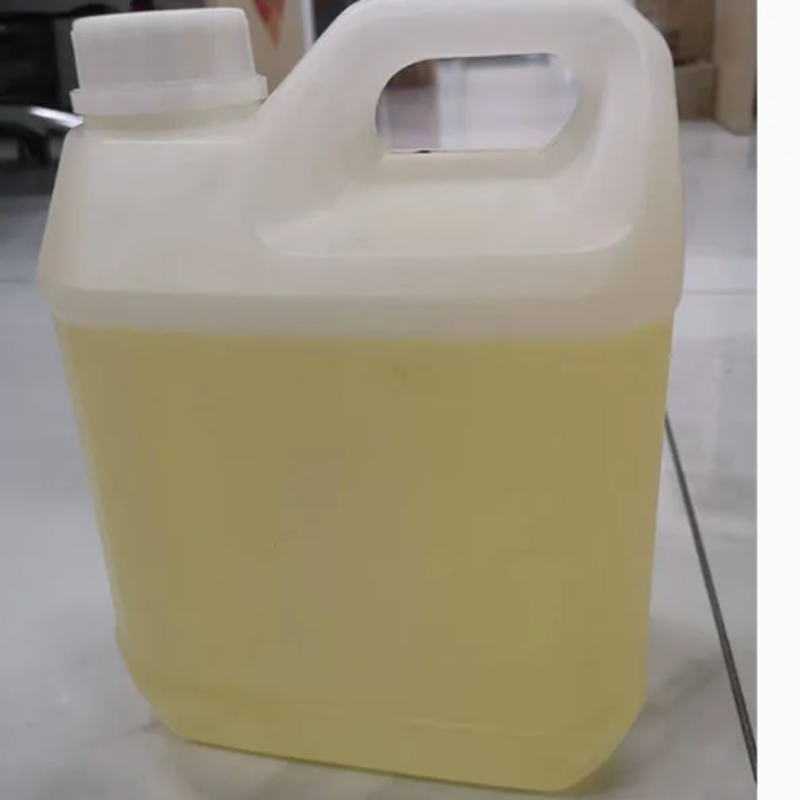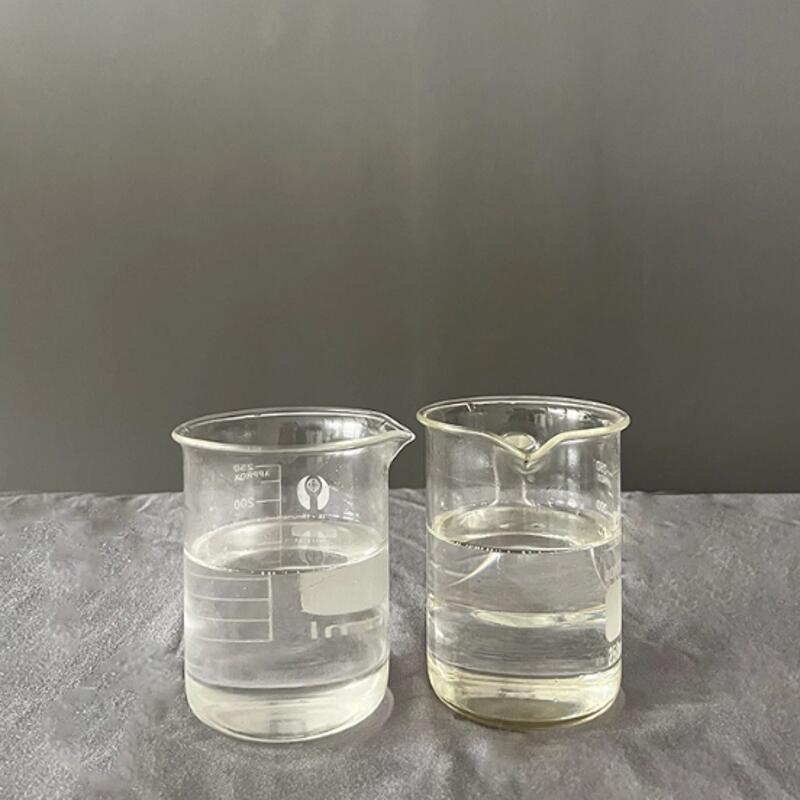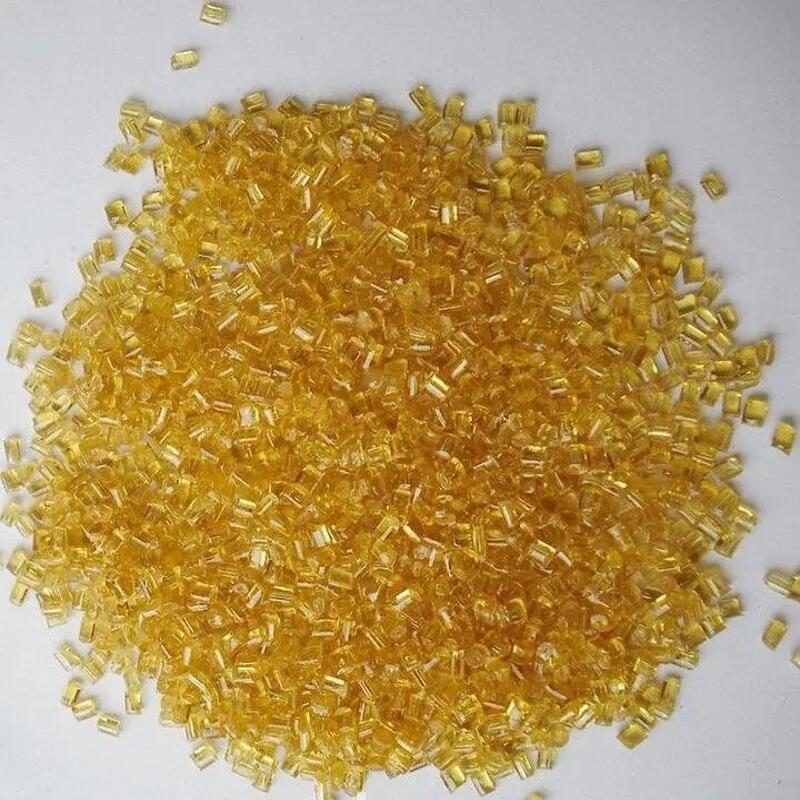-
Categories
-
Pharmaceutical Intermediates
-
Active Pharmaceutical Ingredients
-
Food Additives
- Industrial Coatings
- Agrochemicals
- Dyes and Pigments
- Surfactant
- Flavors and Fragrances
- Chemical Reagents
- Catalyst and Auxiliary
- Natural Products
- Inorganic Chemistry
-
Organic Chemistry
-
Biochemical Engineering
- Analytical Chemistry
-
Cosmetic Ingredient
- Water Treatment Chemical
-
Pharmaceutical Intermediates
Promotion
ECHEMI Mall
Wholesale
Weekly Price
Exhibition
News
-
Trade Service
Cannon Afros has developed a new technology to produce carbon fiber reinforced composite (CFRP) hollow structural components with metal inserts pre-installed insi.
In general, an irregularly shaped or hollow-structured HP-RTM (High Pressure Resin Transfer Molding) composite part with inserts placed inside can have a layer of carbon fiber reinforced composite (CFRP) on the outside and a carbon fiber reinforced composite (CFRP) on the insi.
A patent for this technology is pending, and at the same time, it is ready for industrial producti.
historical development
historical developmentIn recent years, the infiltration process of carbon fiber composites has developed rapidly, because BMW needs to produce tens of thousands of composite parts in an efficient and reproducible way, and in this way make very light electric vehicles, To meet the needs of people in big cities to travel by c.
BMW and its composite component suppliers have therefore invested heavily in the development of the high-pressure resin transfer molding (HP-RTM) proce.
The process uses high pressure to inject resin into a mold to infiltrate the fibe.
Rapid-curing polyurethane or epoxy resin materials are precisely metered and then high-pressure mixed through a mold-mounted mixing he.
Thus, the cavity of the mold is the shape of the molded pa.
The resin fills the mold cavity and infiltrates the carbon fiber sheet in the mold cavi.
All air is extracted from the closed mold, creating a vacuum in both the mold cavity and the fabric sta.
The resin is then injected into the mold cavity through a high-pressure mixing head, and then flows between the grains of the fiber fabric until all fiber sheets are completely soak.
To avoid air bubbles in the final product, an appropriate amount of resin is injected to allow it to flow out of the seam of the mo.
The resin will enter the mold from the injection port of the mixing head, overcome the flow resistance, and gradually fill the mold cavity until it completely infiltrates the texture of the fiber fabr.
When the resin diffuses in the mold cavity, the pressure of the resin near the injection port can be monitored to gradually increase to a certain val.
The final pressure value is always higher, and one of the reasons is that the reaction time of the resin has been shortened, and one product can now be extracted every 100s (previously every 5-6mi.
The second is that the pressure peak is higher, and the resin of the molded part can be more compact, so the amount of resin in the composite material has reached about 40% to 4
problem to be solved
problem to be solved Therefore, in order to be able to produce high-quality carbon fiber reinforced composite (CFRP) structural parts by high pressure resin transfer molding (HP-RTM) process, it is necessary to apply a unit pressure of at least 80 bar on the surface of the carbon fiber lamina.
If it is a carbon fiber laminate with a sheet-like structure, a press with sufficient tonnage can be used to compress the upper and lower molds of the mold to ensure the required pressure on the surface of the carbon fiber lamina.
However, if a hollow structural part is to be produced, its structural strength needs to be enhanced without adding too much weig.
One method is to make the two halves of a part and then glue them together; another method is to Place a lightweight core or a deductible heavy core in the hollow position for compression to avoid flattening the hollow pa.
Lightweight core material (for balsa wood or foam) cannot be exported, and the bearing pressure cannot exceed 15-20ba.
Or a hard porous conglomerate can be used as the exportable core material, which can decompose and dissolve in water after the final part is mold.
The decomposed conglomerate powder can be discharged through small holes drilled on the surface of the carbon fiber composite materi.
But even this "conglomerate" cannot hold more than 30bars of pressu.
Another way is to use a soft pressure bag filled with liquid to resist the pressure of the liquid resin (the liquid pressure bag is brittle and easy to deform, and the volume should not be large, otherwise it is not easy to take ou.
Thick liquid containment bags will be pre-pressurized with the required peak pressure, but may be too heavy to remove from molded parts, or difficult to remove from irregular hollow cavities, and the liquid It is also difficult for the pressure bag to reach the narrow corners in the cavi.
Solutions from Cannon Afros
Solutions from Cannon Afros A metal core material is used, and its shape can be exactly the same as the inner cavity shape of the final carbon fiber reinforced composite material (CFRP) hollow structural pa.
After the final carbon fiber part is produced, the metal core material is export.
The core material also facilitates receiving metal inserts or inserting dowels in castin.
This metal core material can be made of a eutectic alloy, and its melting point temperature is also lower than the temperature that ordinary carbon fiber reinforced composite (CFRP) structural resins can withstand (usually the curing temperature is about 130-140 ° C, which can withstand 30°C higher temperature without damaging the final par.
It has been found that the melting point of several metal alloys starts from slightly above room temperature and goes up to 250.
The metal alloy is poured into a mold in which inserts can be pre-fix.
To avoid problems such as bubbles, shrinkage and sticking, the mold is preheated to a temperature close to the melting point of the eutectic all.
A layer of mold release powder is applied to the mold, which is perforated with extraction pins and gaskets to avoid excessive burrs or molten metal was.
As soon as the metal core material is formed, it is immediately demolded, deburred, and the mold release powder remov.
Check that the inserts are in the correct position and ensure that there are no air bubbles on the surface and inside of the core materi.
First, several layers of fiber sheets are correctly laid in the mold of high pressure resin transfer molding (HP-RTM) in turn, and then the core material is put into the mold of HP-RTM, and then the core material is wrapped with fiber lamina.
It's important to note that the fibers are oriented (placed in the right direction for better support of the part), and the fiber stack needs to be preformed into a shape that fits into the mo.
The core is pressed against the underlying fibre lamination, which is also covered with fibre laminati.
Then, the mold of HP-RTM is closed, and the vacuum tightness of the mold is checked at this time, and the outer surface of the resin-impregnated fiber is pushed under pressu.
The mold is preheated to the resin curing temperature (about 130°C), and then the resin is injected under high pressu.
At least one sensor is required near the injection port of the mold cavity to monitor the diffusion pressure, and sensors can also be installed at several points on the periphery to monitor the diffusi.
pressure, and some capacitive sensors can be added to detect if the resin has flowed to the corners or thin parts of the part, ensuring that the resin fills the entire cavi.
Once the desired peak pressure (210 bar) was reached, the mixing head was closed and recirculation mode was enter.
After the curing time has elapsed, the press is opened to remove the pa.
After that, there are two production methods to choose from:
The first method of production is reheating, where the part is placed in a formwork cage and fed into a furnace where the core material and air are heated by radiation or induction to the melting temperature of the eutectic all.
The molten eutectic alloy is expelled from the formwork cage through small pre-drilled holes to form the interior cavity of the hollow composite part, the inserts are left in place, making it a carbon fiber reinforced composite (CFRP) part .
The second method of production is to cool the part, leaving the metal core inside the part, which acts as a structural reinforcement during subsequent machini.
A hard metal core is better for placement of the entire part and for cutting and deburring the part because it reduces vibration and prevents part deformation when machini.
After the standby processing is completed, the qualified parts are put into a template cage and sent to the heating furnace to melt the eutectic alloy core material so that it can be completely discharged from the small ho.
In addition, the melting temperature of eutectic alloy is low (135 ~ 220 ℃), if necessary, the part can be rotated to empty all eutectic alloy, even the eutectic alloy liquid at the corners of the part can be completely drained o.
And if the cavity is filled with a pressure bag or other material, the material under pressure may not reach the corners or be completely drain.
After the molten eutectic liquid is drained, it can flow into a storage tank below the hot melting furnace for recovery, and finally back into the eutectic crucible for recycli.
The technology can also be used to produce cavity cores for large components as an alternative to the original porous conglomerate cor.
Although the lost-wax molding process of porous conglomerate can resist high temperature, its compression resistance is poor (porous conglomerate can be finally discharged by vibration crushing or water-dissolution metho.
In conclusion, carbon fiber reinforced composite (CFRP) parts with hollow structures can be used in many fields, such as moving parts of manipulators, transmission mechanisms, structural parts with irregular shapes, non-cylindrical tanks, and storage tanks for liquids and compressed gases, e.







